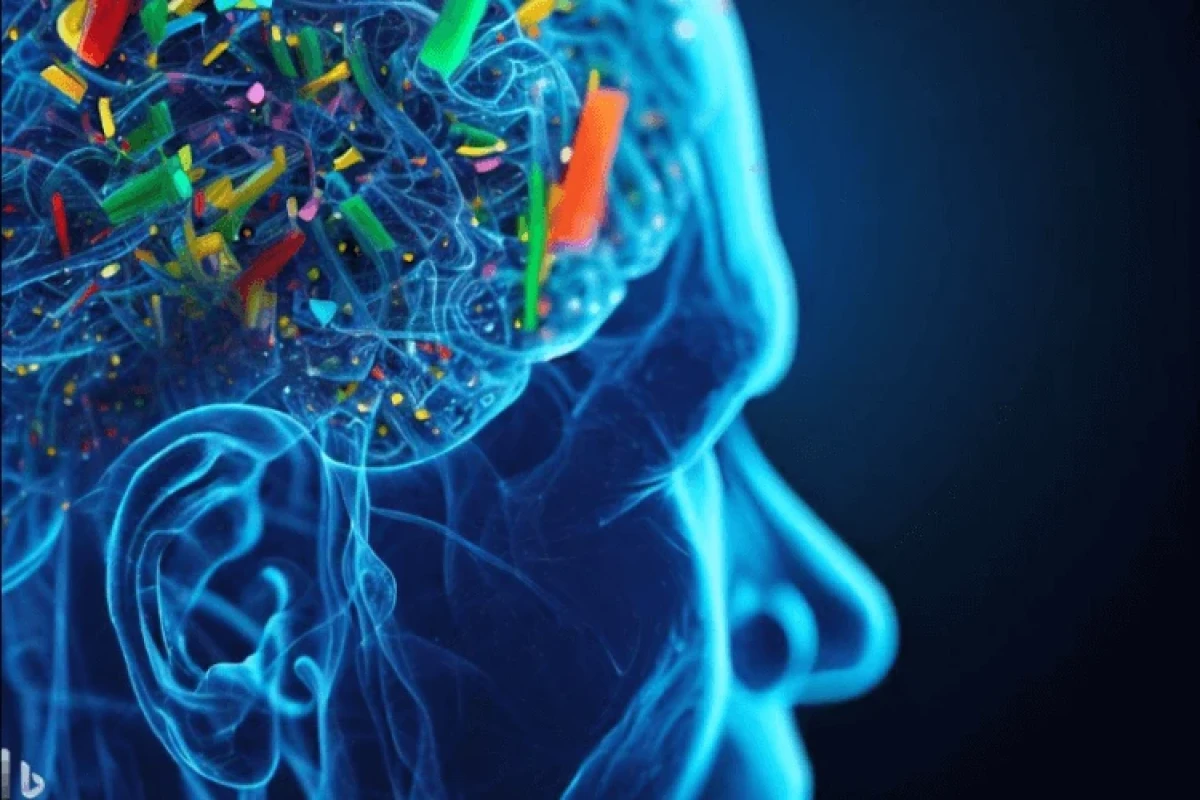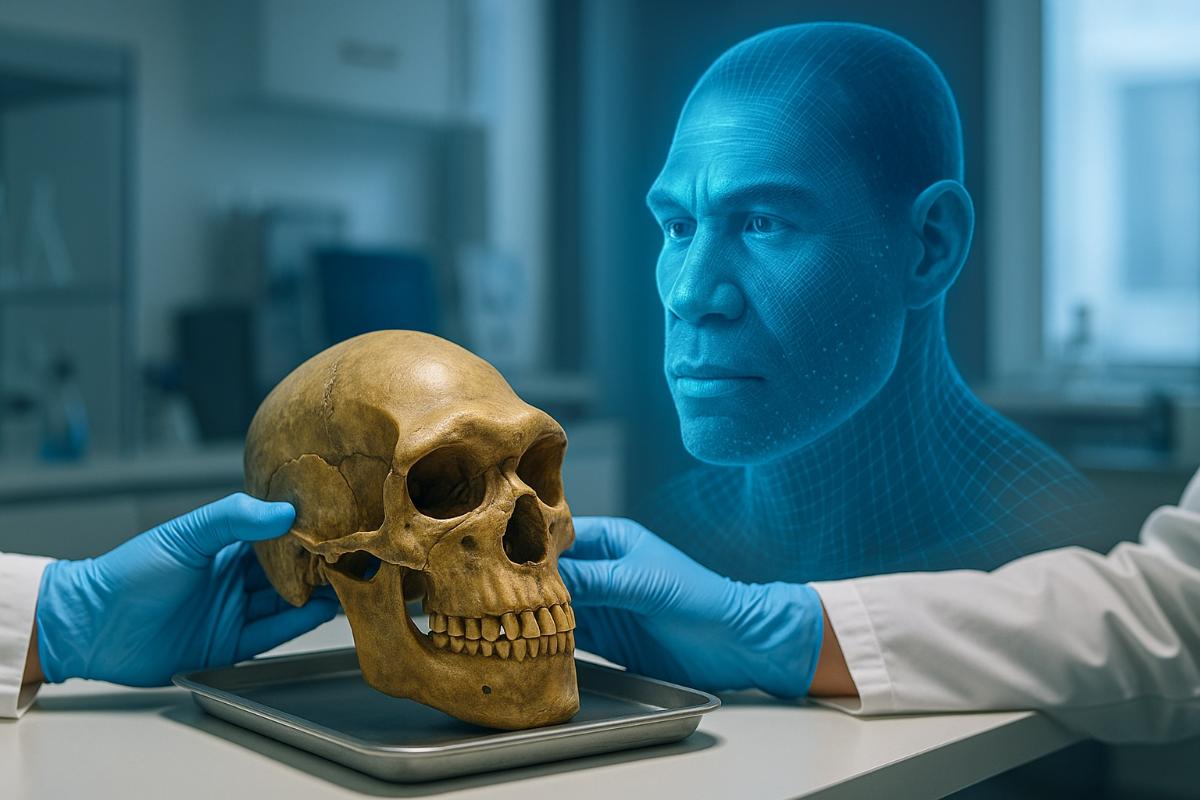A study identified a genetic mutation unique to Homo sapiens that protected them from environmental pollution. This difference was key to the evolution of modern humans, according to researchers
An international study suggests that a mutation unique to the NOVA1 gene allowed modern humans to develop advanced cognitive abilities despite environmental exposure to lead.
International research has revealed that a unique genetic variant allowed modern humans to develop advanced cognitive abilities, even in the presence of environmental pollution.
The hypothesis that lead conditioned brain and linguistic development in Neanderthals and other extinct hominids gained strength after research published in Science Advances analysed fossil teeth dating back up to two million years.
The results suggest that exposure to this toxic metal may have limited the cognitive abilities of these species. In contrast, a genetic variant unique to Homo sapiens offered protection and favoured the evolution of complex language.
The study, conducted by scientists from Southern Cross University (Australia), the Icahn School of Medicine at Mount Sinai Hospital (New York, United States) and the University of California San Diego School of Medicine (UCSD, United States), integrated innovative fossil geochemistry analysis, advanced experimentation with brain organoids and evolutionary genetics.
This combination revealed an unexpected story about the impact of lead on human evolution.
Lead versus the language gene
The researchers analysed fossilised teeth from 51 hominids from Africa, Asia and Europe, including modern and archaic humans such as Neanderthals.
The common belief is that lead poisoning is an exclusively modern problem. However, over the last two million years, our ancestors were exposed to volcanic dust, contaminated food and water, and geological soils. Evidence of this exposure remains in their remains.
The team, led by Alysson Muotri of the University of California, San Diego, together with scientists from Australia, South Africa, China, France, Brazil and the United States, examined 51 fossil teeth from hominids and great apes from Africa, Asia and Europe.
The analysis detected the presence of lead in 73% of the samples, including fossils of Neanderthals, Australopithecus africanus and Gigantopithecus blacki, the latter dating back 1.8 million years.
Lead contamination was so common that it affected both hominids and extinct apes; the metal was present in the dentine of the teeth, indicating early exposure.
Until recently, human exposure to lead was believed to be a recent phenomenon, linked to the Roman era and the Industrial Revolution. Muotri’s team’s findings show that contact with the metal began much earlier.
‘The caves contain lead, so everyone was contaminated. According to studies of tooth enamel, exposure began very early in childhood,’ Muotri said.
For researchers, this exposure could have profound consequences for brain development, as lead is known to affect intelligence and emotional regulation during childhood.

How Homo sapiens protected themselves from lead contamination
The big question was how modern humans managed to develop more complex brains and advanced language skills despite the lead. The key, according to the published results, lies in the ventral neuro-oncogene antigen 1 (NOVA1) gene, a master regulator of neurodevelopment that controls the response of neural progenitor cells to lead.
The modern variant of NOVA1, present only in Homo sapiens, differs from the archaic variant found in Neanderthals and other hominids by a single pair of DNA bases.
Muotri’s team’s experiments consisted of creating brain organoids — mini-brains from stem cells — with the modern and archaic variants of NOVA1.
When exposed to lead, they observed alterations in genes related to neurodevelopmental disorders, such as autism and epilepsy, in both cases. However, only the archaic variant modified the expression of the FOXP2 gene, which is essential for language and speech development. Muotri explained: ‘These types of neurons related to complex language are susceptible to death in the archaic version of NOVA1.’
He also emphasised: ‘The FOXP2 gene is identical between us and Neanderthals, but it is how the gene is regulated by NOVA1 that probably contributes to differences in language.’
In organoids with the modern variant of NOVA1, language-related neurons remained virtually intact after exposure to lead, while in archaic ones they were affected.
Muotri summarised the finding: ‘That was our moment of revelation,’ he said in statements reported by the journal. The results suggest that the acquisition of the modern variant of NOVA1 may have protected modern humans from lead damage, allowing them to develop complex language and greater social cohesion.
The evolutionary implications of these findings are far-reaching. Muotri suggested that the ability to develop sophisticated language and organise complex societies would have given modern humans a decisive advantage over Neanderthals and other hominids, even in environments with high levels of lead.
The researcher suggests that exposure to this metal may have contributed to the extinction of Neanderthals some 40,000 years ago by limiting their ability to communicate and form social cohesion. ‘Language is such an important advantage, it is transformative, it is our superpower,’ Muotri said, alluding to Homo sapiens’ ability to coordinate collective actions and convey ideas efficiently.
However, the hypothesis faces criticism. Shara Bailey, a biological anthropologist at New York University who specialises in ancient teeth, told Science magazine that the research ‘is bold. It’s a creative hypothesis.’
‘But the study has numerous limitations.’ On the one hand, she points out, the teeth do not convincingly prove that ancient hominids were exposed to lead during early childhood, when it would have the greatest impact on brain development.




